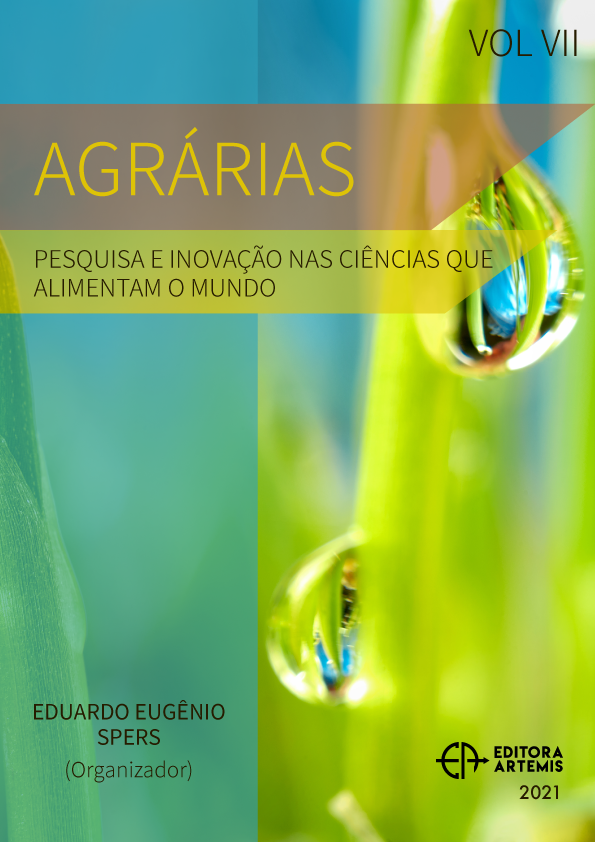
CARACTERIZACIÓN DE LAS FRACCIONES SÓLIDA Y LÍQUIDA OBTENIDAS MEDIANTE SEPARACIÓN IN SITU DE HECES Y ORINA EN CEBO DE CERDOS
Un reto de la producción ganadera intensiva es evitar el impacto ambiental de las explotaciones. Existen distintas estrategias para minimizar este impacto en el caso de los purines de cerdo. Una de ellas es la separación in situ de heces y orina, obteniendo así una fracción sólida (FS) y una fracción líquida (FL) menos contaminantes y más fáciles de manejar. Ya está descrita la eficacia de separación de las heces y la orina mediante el sistema de cintas planas inclinadas perteneciente al Laboratorio de Bienestar Porcino (E.T.S.I. Agrónomos-UPM); por tanto, el objetivo de este trabajo fue la caracterización de las citadas fracciones obtenidas en dos salas que diferían en el tipo de suelo continuo (hormigón desnudo vs hormigón recubierto de resina epoxídica).
Para ello, durante cinco semanas, se analizaron las heces, la orina, la FS y la FL obtenidas. De las variables estudiadas, solamente la materia seca (MS) de la FS y el contenido en N total, el contenido en N-NH3 y la demanda bioquímica de oxígeno (DBO) de la FL se vieron afectadas significativamente por el tipo de suelo de la sala: la MS de la FS fue significativamente menor (255,4 vs 276,0 g.kg-1, p = 0,0463) y el contenido en N total, el contenido en N-NH3 y la DBO de la FL significativamente mayores (4,8 vs 3,8 g.kg-1, p = 0,0083; 4,2 vs 3,3 g.kg-1, p = 0,0143; 231 vs 196 mg.L-1, p = 0,0072, respectivamente) para la sala con suelo continuo acabado en resina que para la sala con el suelo continuo de hormigón, si bien los resultados se explican por el desperdicio accidental de agua ocurrido en la sala con suelo recubierto y no por el tipo de suelo. Independientemente de la sala, las fracciones líquidas tuvieron valores de pH, de N-NH3 y de la relación ‘N-NH3/N total’ notablemente mayores que las orinas.
CARACTERIZACIÓN DE LAS FRACCIONES SÓLIDA Y LÍQUIDA OBTENIDAS MEDIANTE SEPARACIÓN IN SITU DE HECES Y ORINA EN CEBO DE CERDOS
-
DOI: 10.37572/EdArt_18122151423
-
Palavras-chave: Porcino, cinta de deyecciones, estiércol
-
Keywords: Swine, conveyor belt, manure
-
Abstract:
One of the challenges for the intensive farming is to avoid the environmental impact of the livestock farms. For the particular case of pig slurry, there are different strategies to minimize this impact. One of those strategies is the in situ separation of faeces and urine, obtaining by this way a solid fraction (SF) and a liquid fraction (LF), less contaminants and easier to handle. Already described the separation efficiency of faeces and urine using the system of inclined flat belts under slat belonging to the Pig Welfare Laboratory (E.T.S.I. Agrónomos-Universidad Politécnica de Madrid, Spain), so the objective of this study was the characterization of those fractions produced in two rooms that differed in the type of continuous floor (concrete floor or concrete covered with epoxy resin).
During a five weeks period time, faeces, urine, SF and LF collected were analysed. Of the different variables studied, only the dry matter (DM) of the SF and the total nitrogen and NH3-N contents and biochemical oxygen demand (BOD) of the LF were affected significantly by type of continuous floor of the room: the DM of the SF was significantly lower (255.4 vs 276.0 g.kg-1, p = 0.0463) and the total nitrogen and NH3-N contents and BOD of the LF were significantly higher (4.8 vs 38 g.kg-1, p = 0.0083; 4.2 vs 3.3 g.kg-1, p = 0.0143; 231 vs 196 mg.L-1, p = 0.0072, respectively) for room with continuous floor covered with epoxy resin than for room with concrete floor, although the results are explained by the accidental water wastage in the room with floor covered and not by the type of floor. Regardless of the room, the liquid fractions had pH values and NH3-N contents and the ratio ‘NH3-N/total N’ higher than the urines.
-
Número de páginas: 9
- ARANZAZU MATEOS SAN JUAN
- Iciar del Campo Hermida
- Almudena Rebolé Garrigós
- María Luisa Rodríguez Membibre
- Ismael Ovejero Rubio

